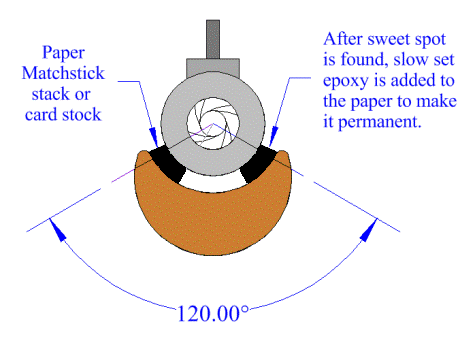Okay im a bit lost here only just started reloading and cant find any data which to go off.
I live in australia so i am using Adi 2208 powder (equivalent to hodgdon varget and imr 4064) federal primers and speer hot cor 150gr projectiles.
Adi only has load data for aus bullets but aus bullets are too expensive and dont warant me reloading.
I was at the range yesterday with a couple of test loads to see if my guess was in the ball park 47 grain of powder was very inaccurate 48 was about the same 49 was much better and 49.5 was decent but still not what i am hoping for at 100 yards.
I don't have any of the good gear like chronograph stuff.
Mainly wanted decent rounds to hunt with mainly hunting boar and axis deer.
If any one could help me out with load tip and tricks i surely would appreciate that. And does anywhere in the states post projectiles overseas?
Thanks in advance
I live in australia so i am using Adi 2208 powder (equivalent to hodgdon varget and imr 4064) federal primers and speer hot cor 150gr projectiles.
Adi only has load data for aus bullets but aus bullets are too expensive and dont warant me reloading.
I was at the range yesterday with a couple of test loads to see if my guess was in the ball park 47 grain of powder was very inaccurate 48 was about the same 49 was much better and 49.5 was decent but still not what i am hoping for at 100 yards.
I don't have any of the good gear like chronograph stuff.
Mainly wanted decent rounds to hunt with mainly hunting boar and axis deer.
If any one could help me out with load tip and tricks i surely would appreciate that. And does anywhere in the states post projectiles overseas?
Thanks in advance

